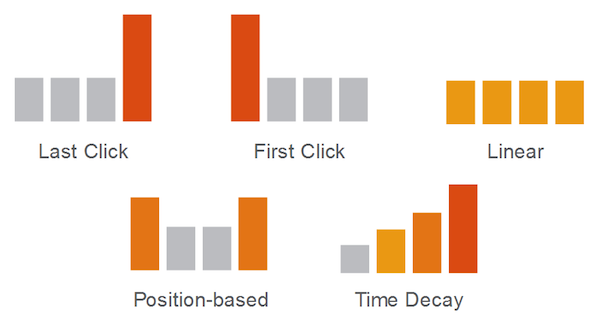Matt Cutts have announced that Google is rolling out Panda 4.0 update starting today on 21st May 2014.
Google’s Matt Cutts announced on
Twitter that they have released version 4.0 of the
Google Panda algorithm.
Google’s Panda algorithm is designed to prevent sites with poor
quality content from working their way into Google’s top search results.
But didn’t Google
stop updating us on Panda refreshes and updates since they are
monthly rolling updates? Yes, but this is a bigger update.
Panda 4.0 must be a major update to the actual algorithm versus just a
data refresh. Meaning, Google has made changes to how Panda identifies
sites and has released a new version of the algorithm today.
Is this the
softer and gentler
Panda algorithm? From talking to Google, it sounds like this update
will be gentler for some sites, and lay the groundwork for future
changes in that direction.
Google told us that Panda 4.0 affects different languages to
different degrees. In English for example, the impact is ~7.5% of
queries that are affected to a degree that a regular user might notice.
Here are the previous confirmed Panda updates, note, that we named
them by each refresh and update, but 4.0 is how Google named this
specific update:
- Panda Update 1, Feb. 24, 2011 (11.8% of queries; announced; English in US only)
- Panda Update 2, April 11, 2011 (2% of queries; announced; rolled out in English internationally)
- Panda Update 3, May 10, 2011 (no change given; confirmed, not announced)
- Panda Update 4, June 16, 2011 (no change given; confirmed, not announced)
- Panda Update 5, July 23, 2011 (no change given; confirmed, not announced)
- Panda Update 6, Aug. 12, 2011 (6-9% of queries in many non-English languages; announced)
- Panda Update 7, Sept. 28, 2011 (no change given; confirmed, not announced)
- Panda Update 8, Oct. 19, 2011 (about 2% of queries; belatedly confirmed)
- Panda Update 9, Nov. 18, 2011: (less than 1% of queries; announced)
- Panda Update 10, Jan. 18, 2012 (no change given; confirmed, not announced)
- Panda Update 11, Feb. 27, 2012 (no change given; announced)
- Panda Update 12, March 23, 2012 (about 1.6% of queries impacted; announced)
- Panda Update 13, April 19, 2012 (no change given; belatedly revealed)
- Panda Update 14, April 27, 2012: (no change given; confirmed; first update within days of another)
- Panda Update 15, June 9, 2012: (1% of queries; belatedly announced)
- Panda Update 16, June 25, 2012: (about 1% of queries; announced)
- Panda Update 17, July 24, 2012:(about 1% of queries; announced)
- Panda Update 18, Aug. 20, 2012: (about 1% of queries; belatedly announced)
- Panda Update 19, Sept. 18, 2012: (less than 0.7% of queries; announced)
- Panda Update 20 , Sept. 27, 2012 (2.4% English queries, impacted, belatedly announced
- Panda Update 21, Nov. 5, 2012 (1.1% of English-language queries in US; 0.4% worldwide; confirmed, not announced)
- Panda Update 22, Nov. 21, 2012 (0.8% of English queries were affected; confirmed, not announced)
- Panda Update 23, Dec. 21, 2012 (1.3% of English queries were affected; confirmed, announced)
- Panda Update 24, Jan. 22, 2013 (1.2% of English queries were affected; confirmed, announced)
- Panda Update 25, March 15, 2013 (confirmed as coming; not confirmed as having happened)
Source URL: http://searchengineland.com/google-begins-rolling-panda-4-0-now-192043




